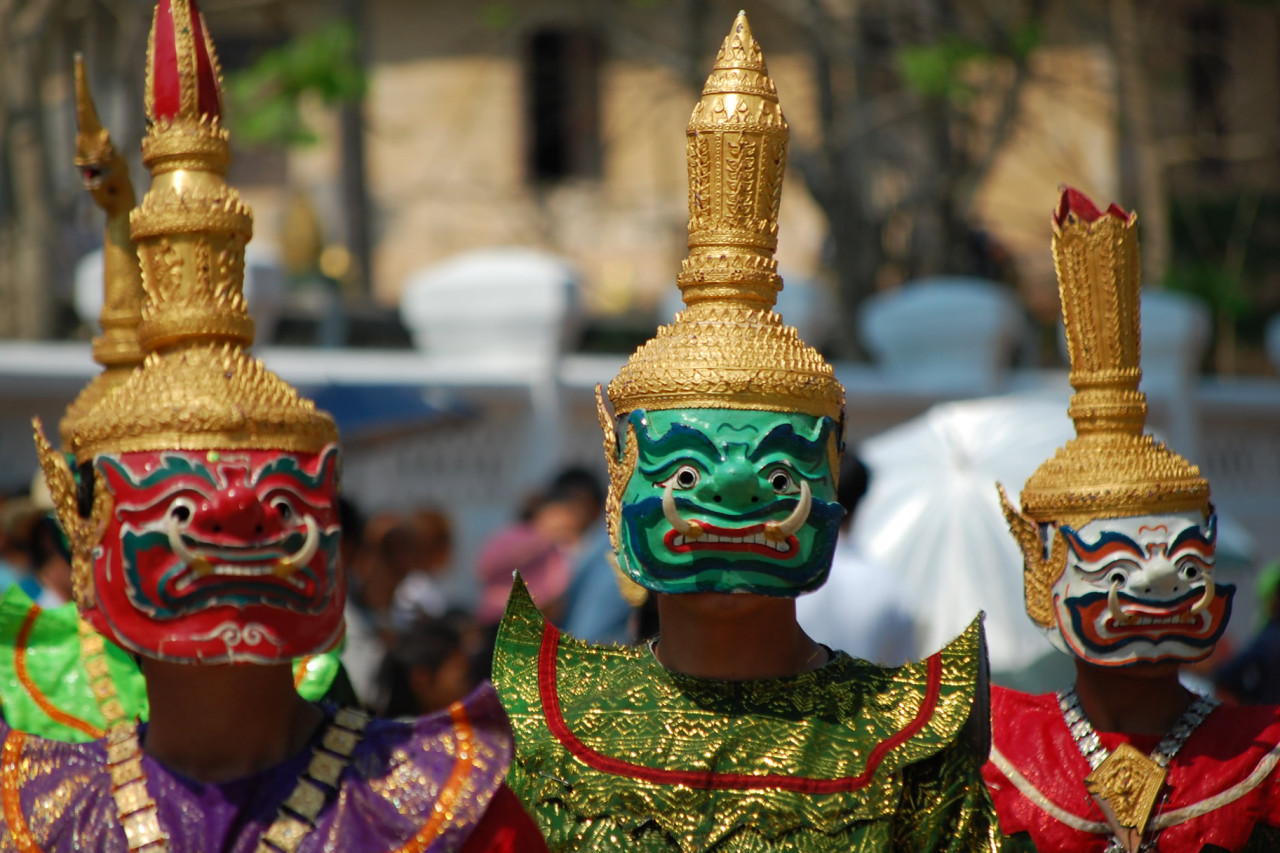Lao New Year in 2026

Celebrated for three days, this is the most important festival in Laos
When is Lao New Year?
| Year | Dates |
|---|---|
| 2026 | |
| 2025 | |
| 2024 |
When is Lao New Year?
Lao New Year is usually a three-day public holiday in Lao. In Lao, it is called 'Songkran' or 'Pii Mai', which means 'new year'.
It is based on the traditional solar new year, that was observed in parts of India and Asia. It falls on either April 13th or April 14th.
The Lao new year is marked by the sun entering the sign of Aries the Ram. This particular event was traditionally closely related to the Vernal Equinox. In ancient times, the dates of the sun entering Aries and the Vernal Equinox would have been even closer, but they have shifted due to an effect called procession, where the Earth wobbles on its axis over a 25,000 year period.
How is Lao New Year Celebrated?
New Year celebrations in Lao last for four days, though the traditions and customs are similar to Songkran, Thai New Year. This is the most important festival of the year in Laos.
Tourists in any part of Lao on these days can take part in the annual celebrations. Visitors can enjoy traditional music and dances including the molam and lamvông.
Day one
This is the last day of the old year. Statues of Buddha images are cleaned with water and people throw water at each other, to 'wash away' any bad will that related to the past year.
Day two
The second day is known as the 'day of no day", a day that falls in neither the old year or the new year. People parade to the local monasteries to hear services from the monks. A popular highlight of the day is the parade featuring the winner of the Miss New Year beauty pageant.
Day three
This is the first day of the New Year. Begins with an early morning procession of monks and almsgiving ('tak bat').
Many people in Lao believe in kwan (spirits that live inside humans, animals, plants and inanimate objects). On the first day of the new year, the tradition is that the kwan might leave the body and be exposed to bad omens for the coming year. To make sure the kwan return to the body, a ceremony called Baci is performed. Chants are made by a village elder to make the kwan return to the body, then white thread is tied around wrists to keep the kwan inside and wish the kwan good luck for the year ahead.
Day four
The most sacred images of Buddha images are put on temporary display and people will dress in their finest traditional clothes and make offerings to ask for good luck in the coming year.
